14 Cities That Have Banned Selfie Sticks in Tourist Hotspots
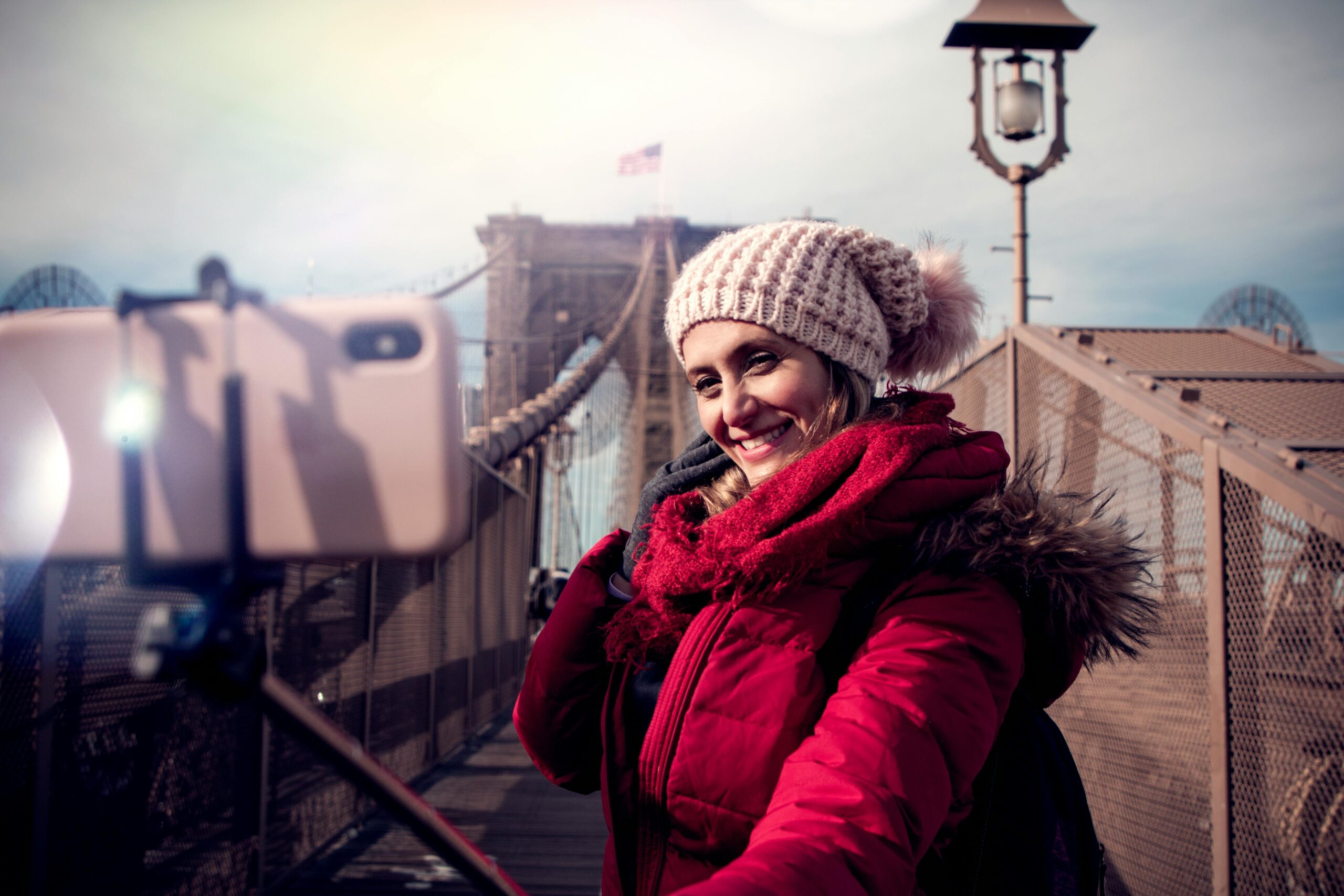
Once the must-have accessory of every traveler, selfie sticks are now unwelcome in several iconic destinations. Due to safety concerns, crowd control, and the desire to preserve the cultural integrity of landmarks, many cities have imposed restrictions or outright bans on their use in public attractions. Whether you’re visiting a famous museum or a historic square, it’s wise to know where your selfie stick might be more of a nuisance than a photo tool.
Paris

The City of Light has placed a ban on selfie sticks inside major landmarks like the Louvre and the Palace of Versailles. Museum officials cite risks to priceless art and safety concerns in crowded spaces. While taking pictures is still allowed in many areas, using extended poles is strictly off-limits. Visitors are encouraged to enjoy the ambiance without blocking pathways or disturbing others with bulky accessories.
Rome
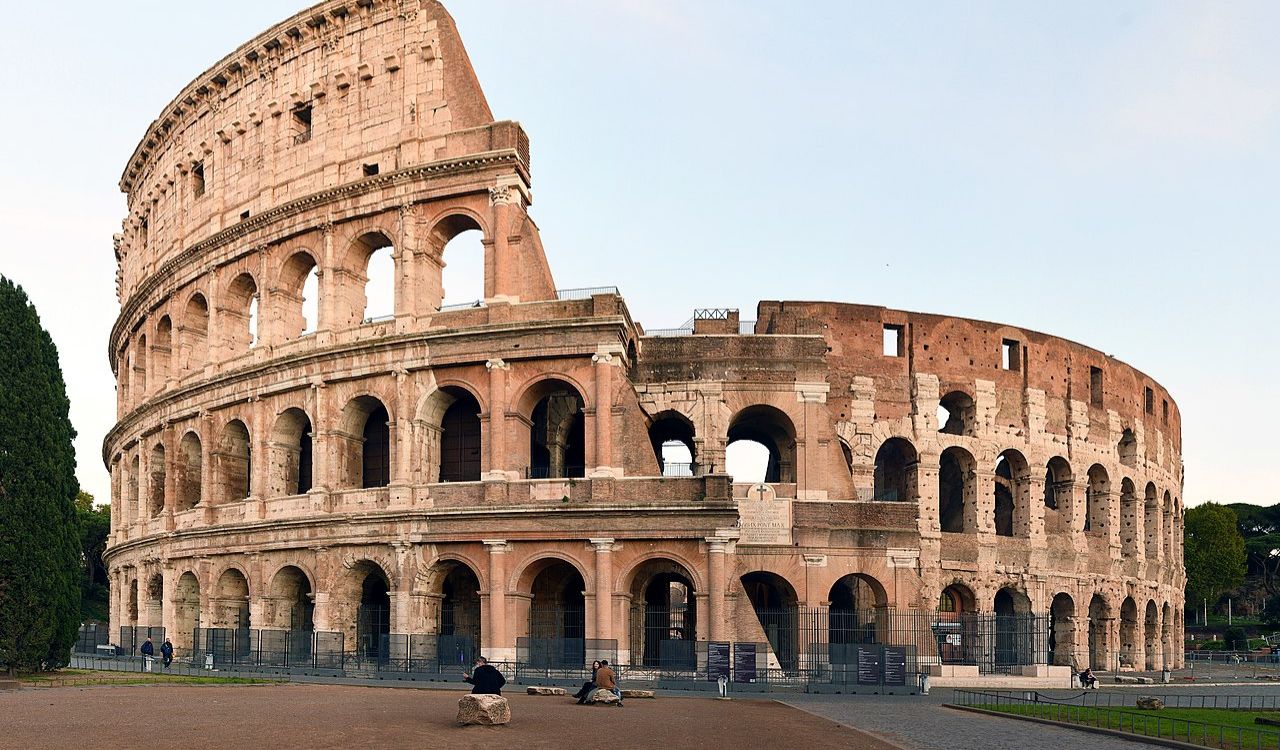
Rome has restricted selfie stick use around key tourist spots like the Colosseum, Trevi Fountain, and Spanish Steps. Local authorities found that large crowds combined with long poles caused hazards and even minor accidents. The Eternal City urges tourists to take in the ancient beauty with more awareness and respect for public space. Officers may confiscate selfie sticks or issue fines in restricted zones.
Barcelona
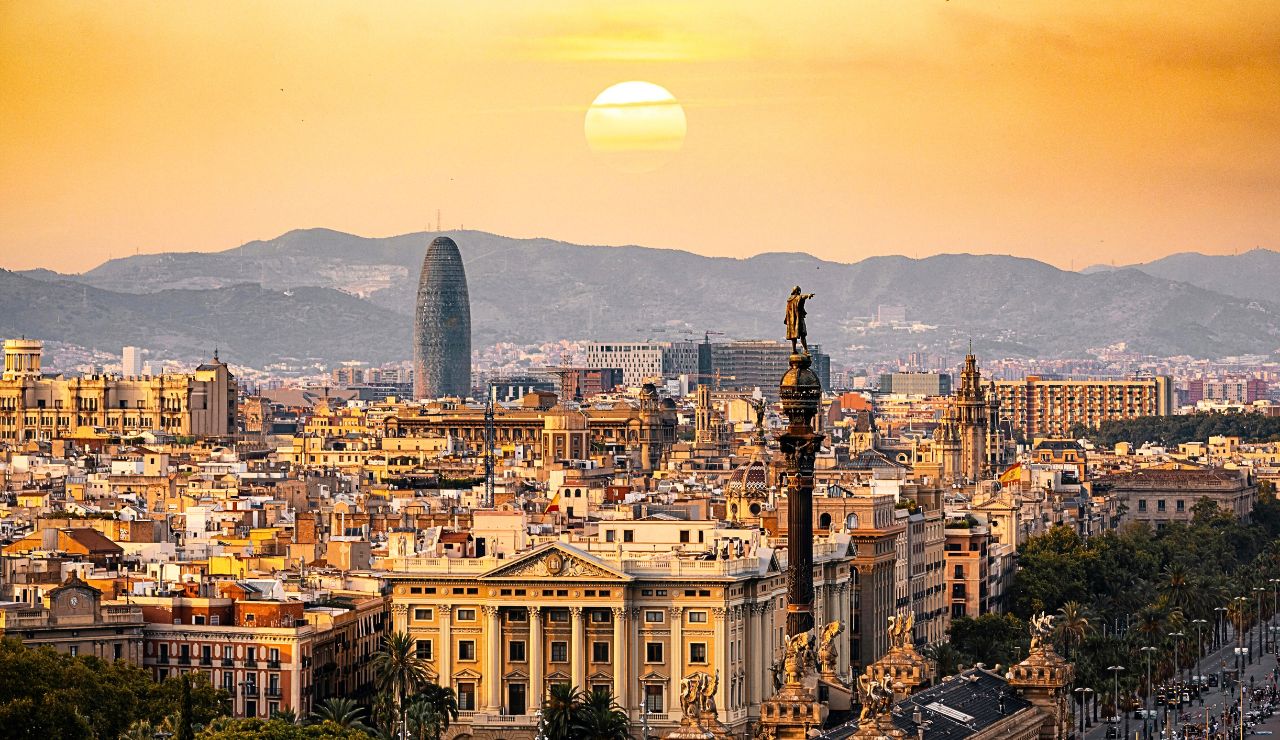
Barcelona cracked down on selfie sticks in popular areas like Park Güell and Sagrada Família. The Catalan capital has struggled with overtourism, and officials say these devices contribute to congestion and safety issues. As tourists cluster for the perfect angle, the risk of blocking paths or damaging mosaics increases. Signs often mark the no-selfie-stick zones, and security keeps a close watch.
New York City
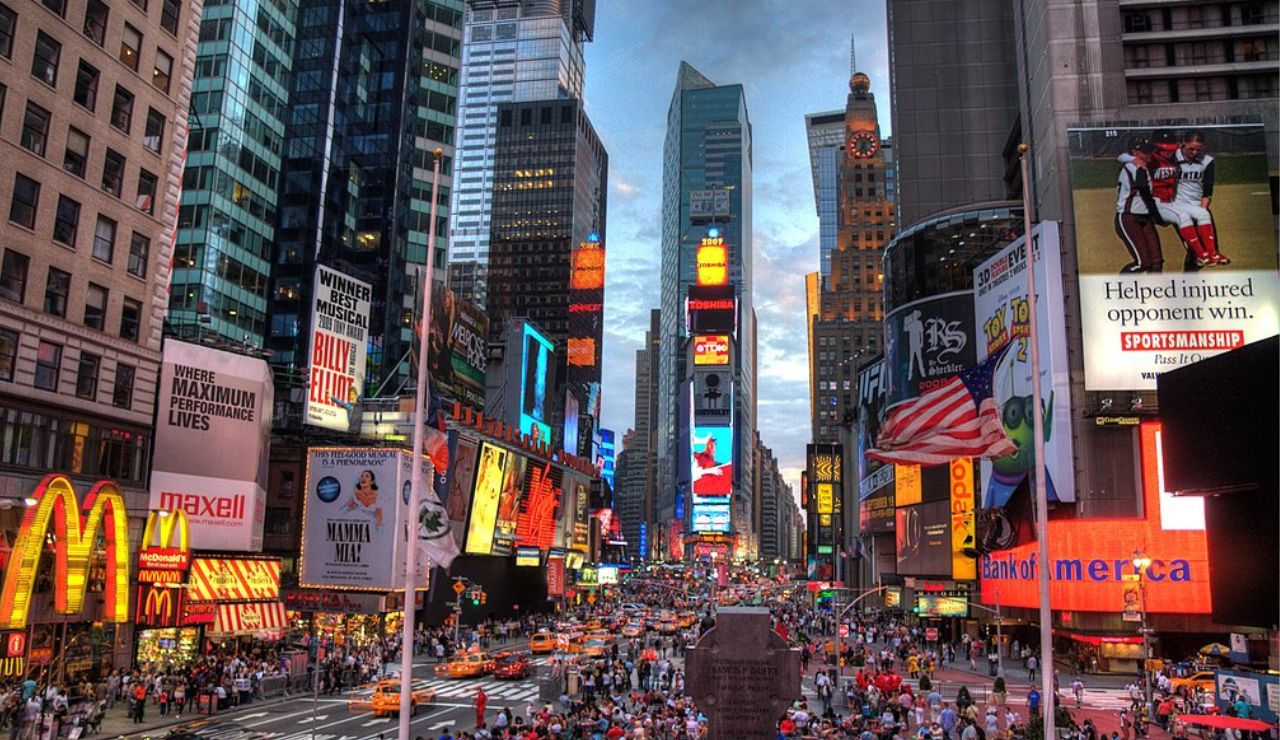
While not a city-wide ban, NYC has outlawed selfie sticks in places like the Metropolitan Museum of Art, MoMA, and Yankee Stadium. The policy stems from crowd safety concerns, especially during busy events or in enclosed spaces. Museums are particularly strict, aiming to protect artwork and prevent disruptive photography setups. Visitors should check each venue’s policy before arriving.
London
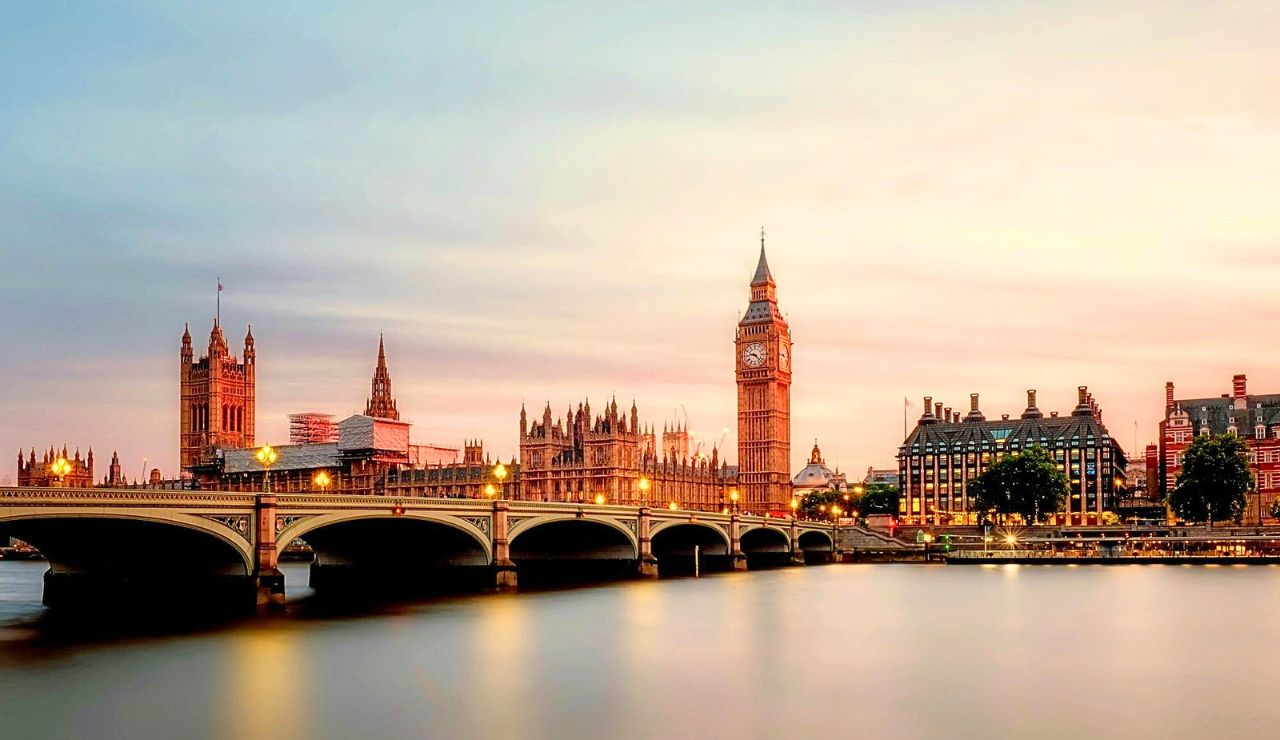
Selfie sticks are not welcome in many of London’s premier tourist destinations, including the British Museum and the National Gallery. These institutions have prioritized visitor safety and artwork protection. Additionally, they’re banned inside sporting venues like Wimbledon. London authorities highlight the importance of being considerate in tight or busy spaces, encouraging less intrusive photography methods.
Amsterdam
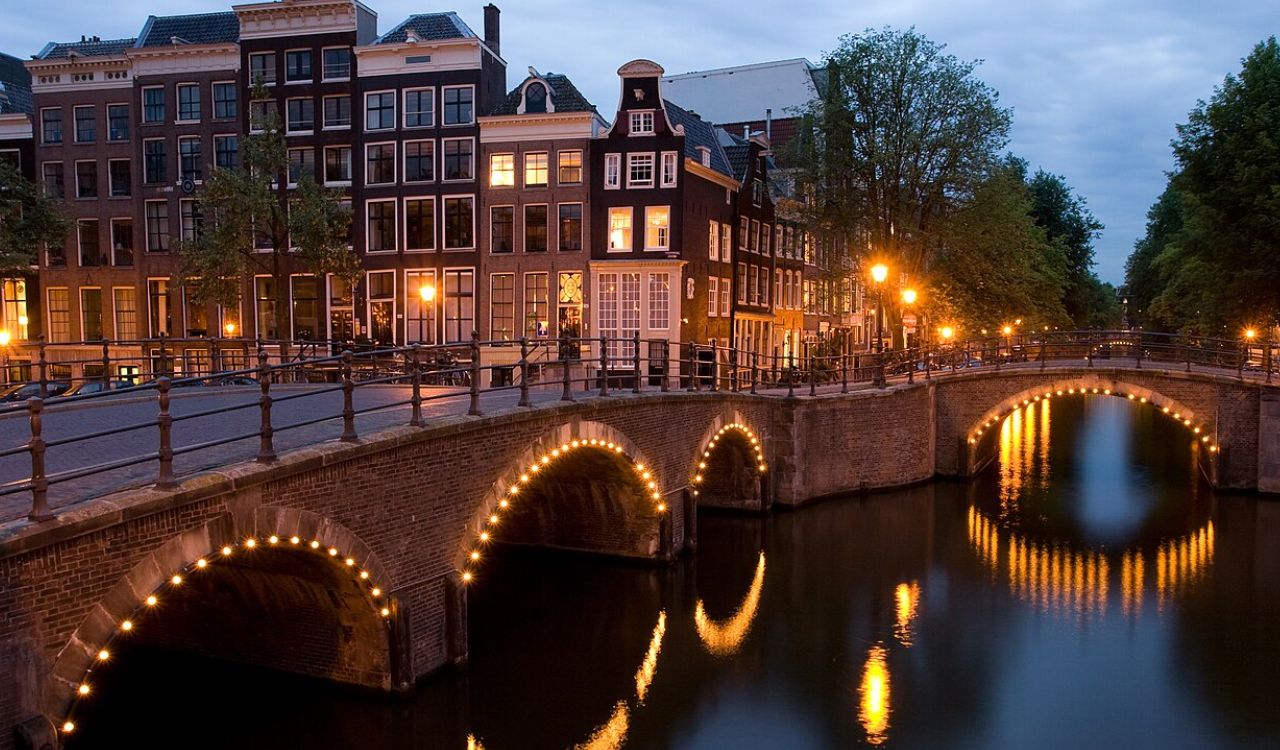
In Amsterdam, selfie sticks are banned in major museums like the Van Gogh Museum and Rijksmuseum. The city’s tourism board promotes respectful sightseeing practices and discourages the overuse of disruptive gadgets. With narrow corridors and valuable exhibits, these institutions hope to create a safer, more immersive experience without the distraction of extended poles and excessive snapping.
Tokyo
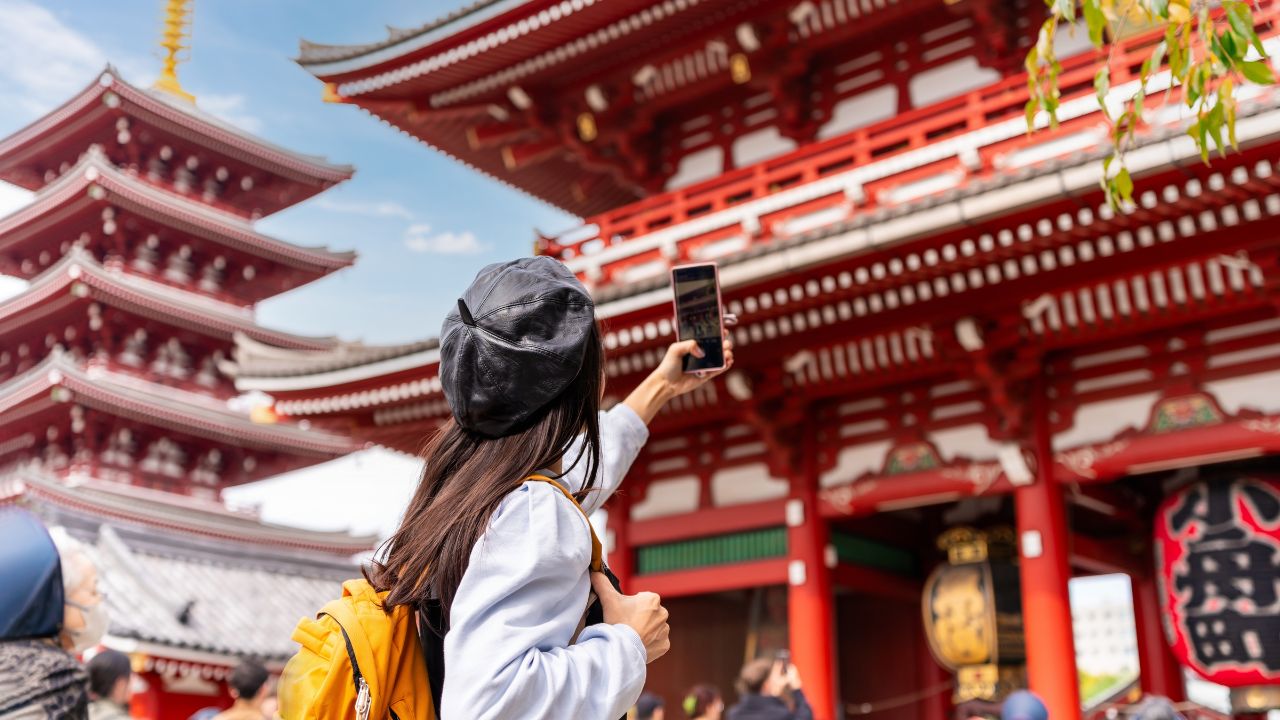
Tokyo’s transit system and many temples have strict rules against selfie stick use. In bustling train stations and crowded shrines, these gadgets are seen as obstructive and unsafe. Areas like Meiji Shrine and Senso-ji discourage their use to maintain peaceful environments. Travelers are encouraged to use handheld photography and respect local customs, especially in sacred or compact spaces.
Venice
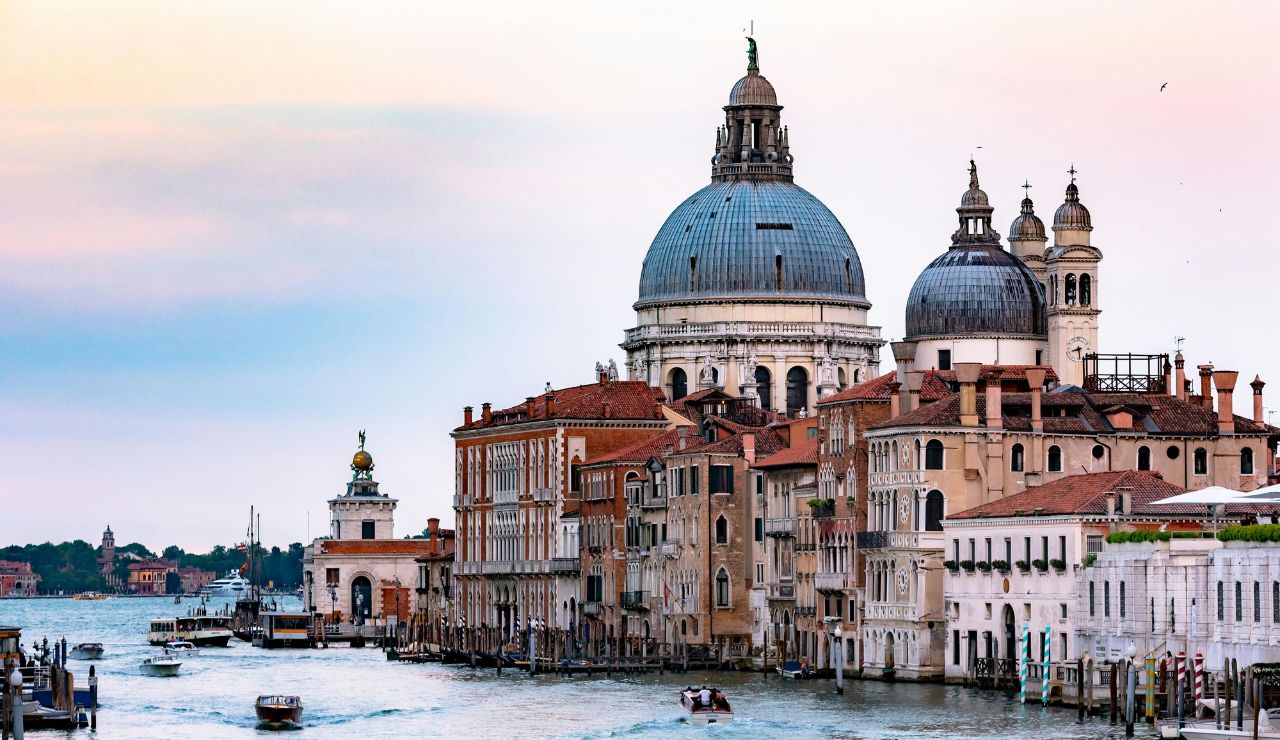
The city of canals prohibits selfie sticks at major tourist hubs like St. Mark’s Square and the Rialto Bridge. Venice, already struggling with overtourism, enforces this rule to keep foot traffic flowing smoothly and avoid incidents on its narrow walkways. The emphasis is on experiencing the charm of the city without causing inconvenience or endangering others for the sake of a snapshot.
Seoul
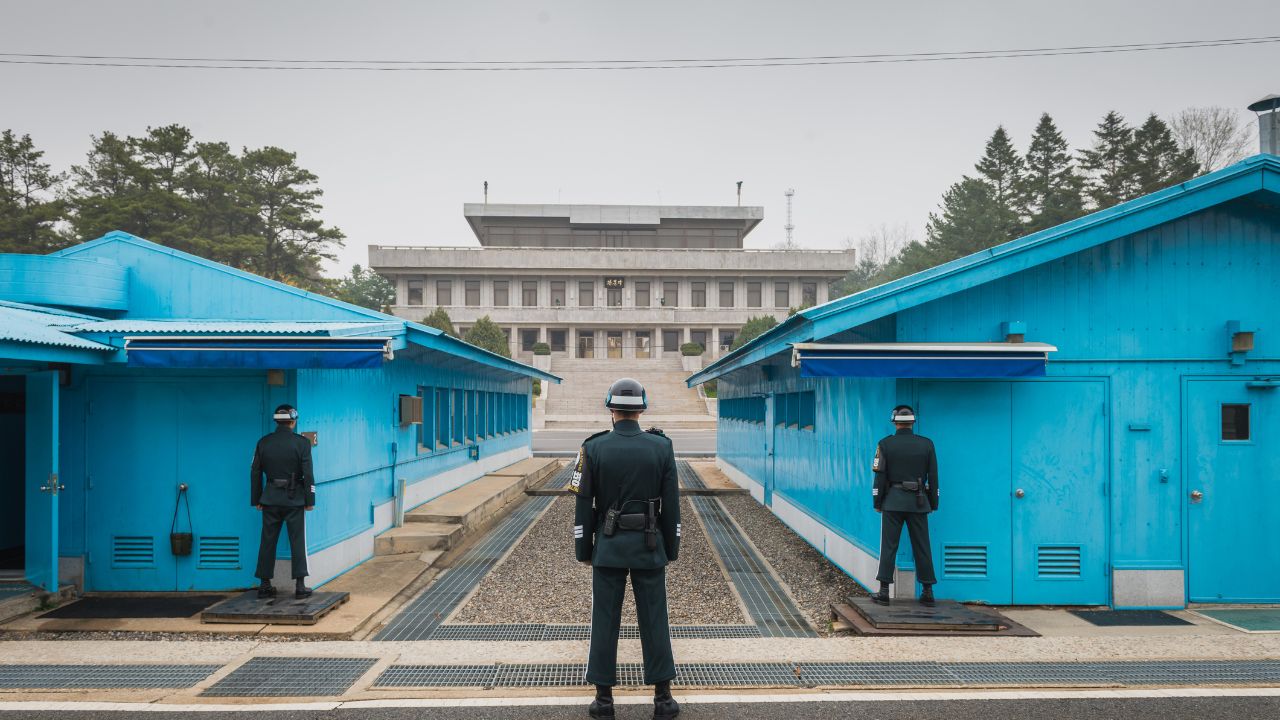
In South Korea, unauthorized selfie sticks with Bluetooth signals were banned due to interference with other devices. In Seoul, certain palaces, museums, and subway areas also discourage their use. The city promotes respectful tourism, especially in historic or ceremonial locations. Travelers are advised to use more traditional photography tools and follow posted signage to avoid fines.
Berlin
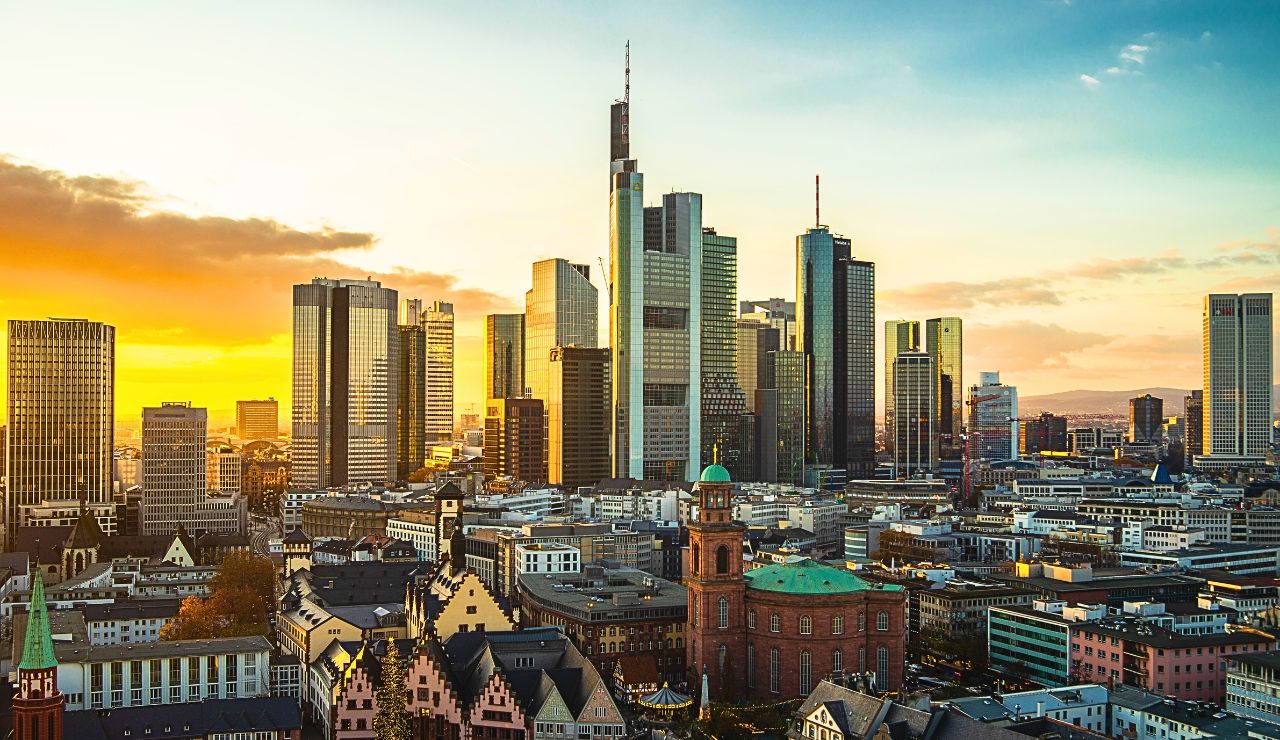
Berlin’s museums and historical sites like the Berlin Wall Memorial and the Holocaust Memorial restrict the use of selfie sticks. The aim is to preserve the solemnity and historical importance of these sites. Officials have stated that taking selfies in certain contexts can be inappropriate or insensitive. Most venues display clear rules, and staff are quick to remind visitors when lines are crossed.
Dubai
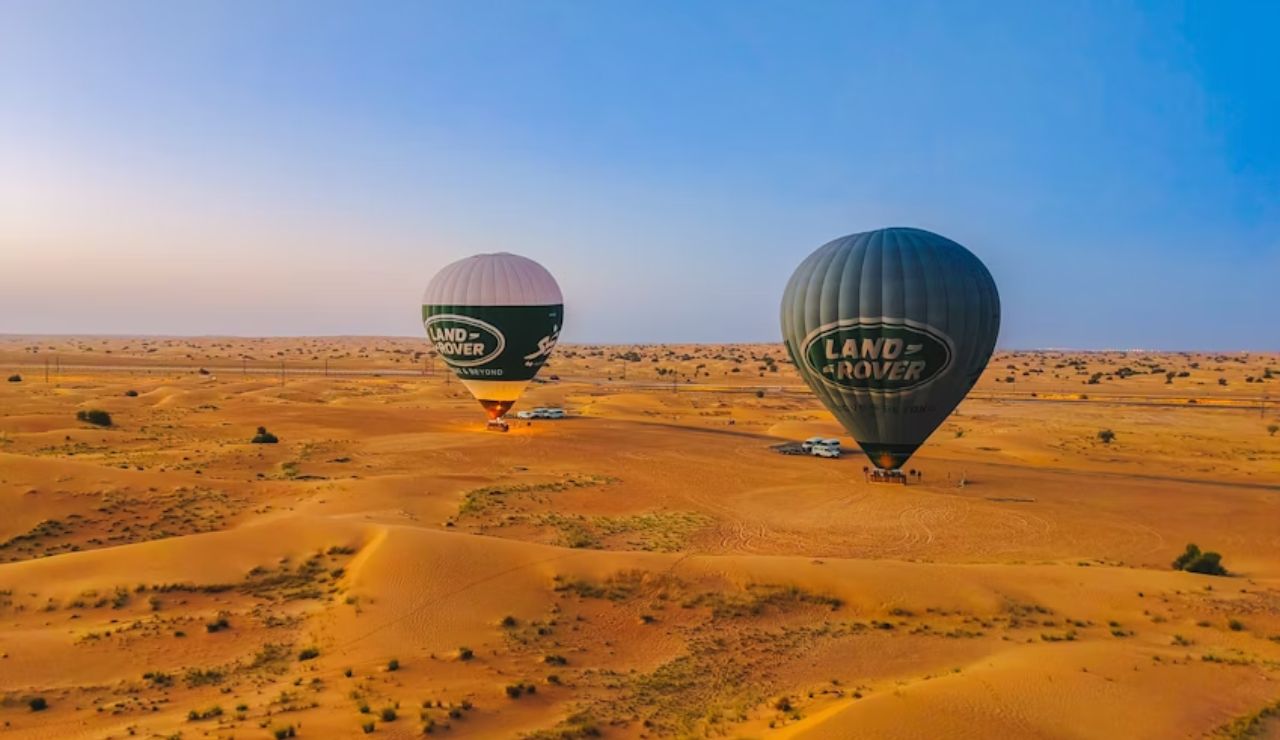
Attractions such as the Dubai Museum and the Burj Khalifa’s observation deck have limited the use of selfie sticks due to space constraints and safety concerns. Crowded elevators and tight platforms make these tools risky. Dubai places a strong emphasis on orderly conduct in public, and overzealous photography is sometimes seen as disrespectful in religious or cultural venues.
Istanbul
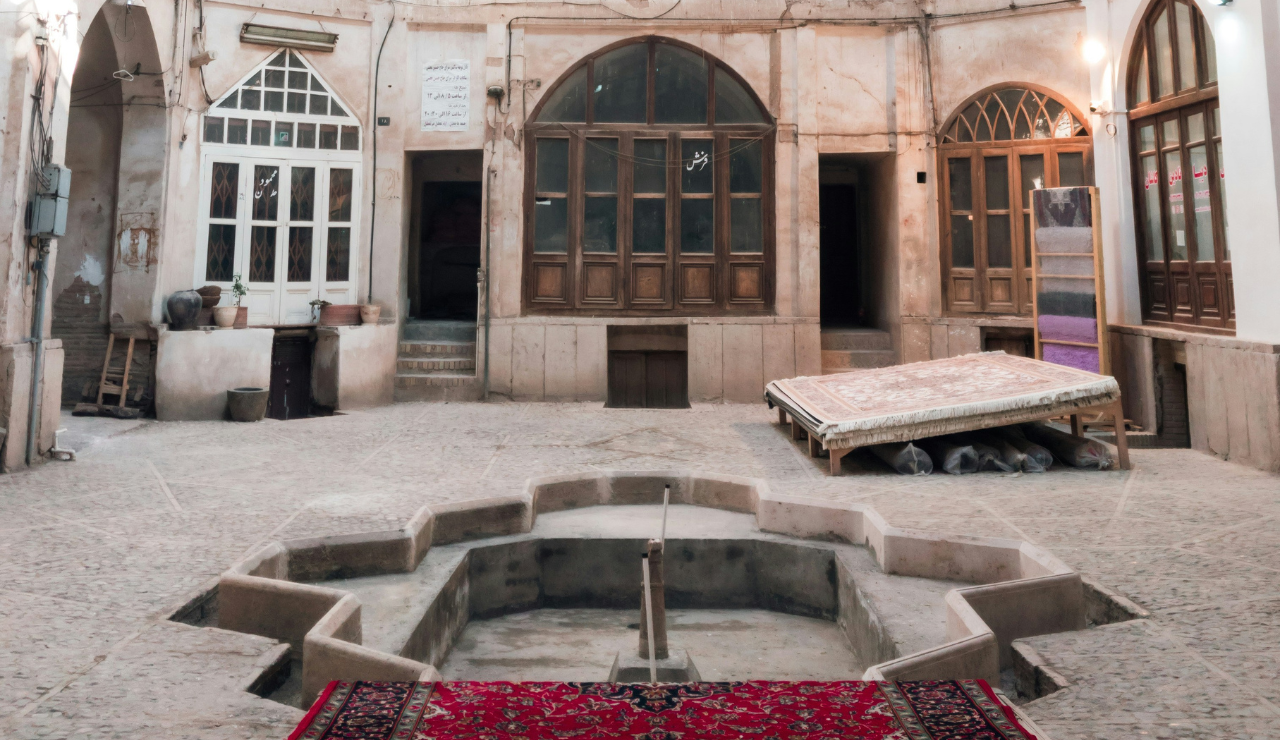
Many mosques and historic sites in Istanbul ask visitors not to use selfie sticks. Blue Mosque and Hagia Sophia, for instance, aim to maintain a sacred and reflective environment. Tourists are welcome to take photos, but extending equipment can disturb other guests or block narrow corridors. Security staff may intervene or request the stick be put away to preserve decorum.
Athens
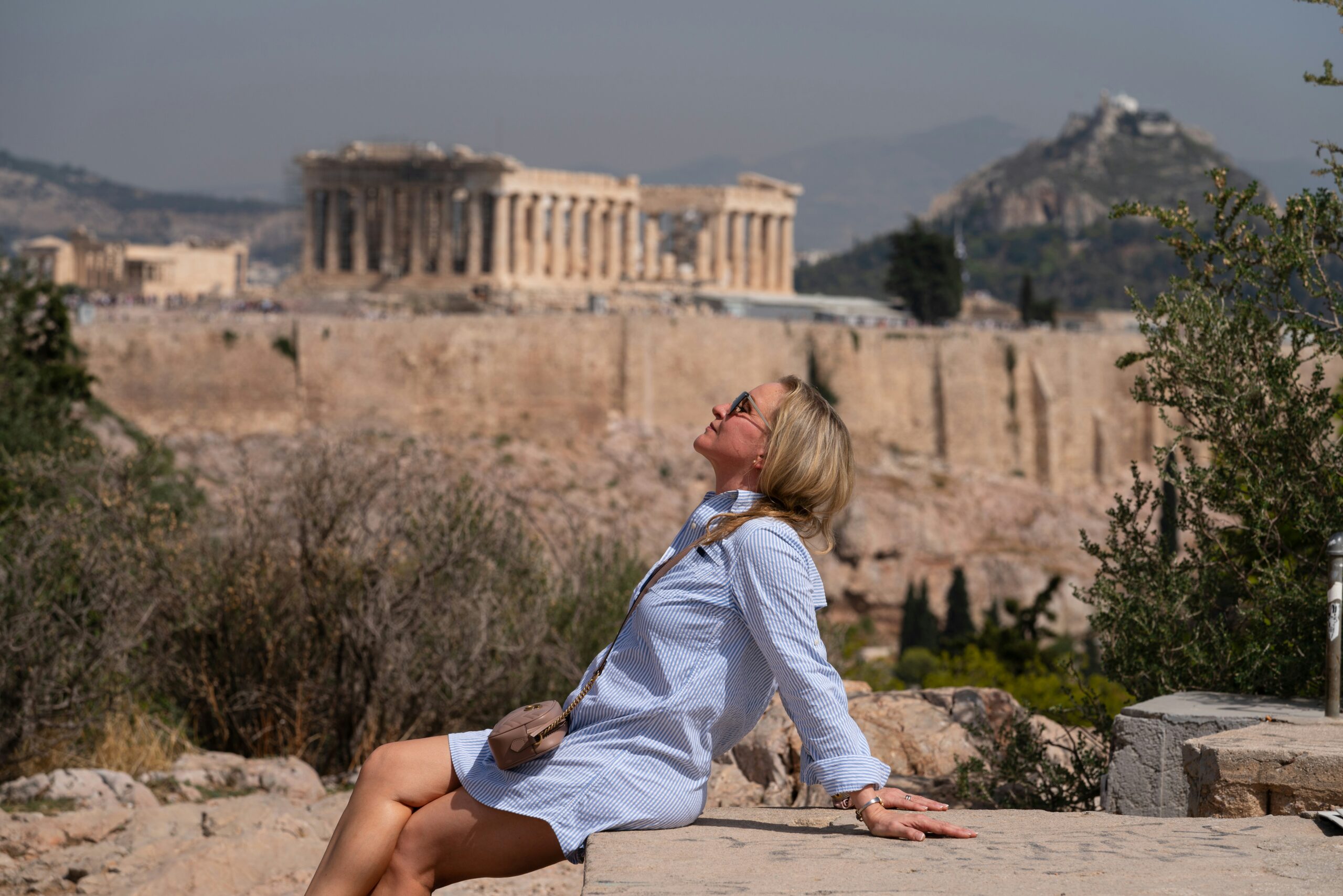
Ancient ruins such as the Acropolis and Parthenon have seen selfie stick bans to prevent accidents and protect fragile architecture. Tourists trying to balance on stones for the perfect angle have prompted safety incidents in the past. The Greek Ministry of Culture stresses the importance of responsible tourism when visiting archaeological treasures, asking that gadgets not take priority over care.
Bangkok
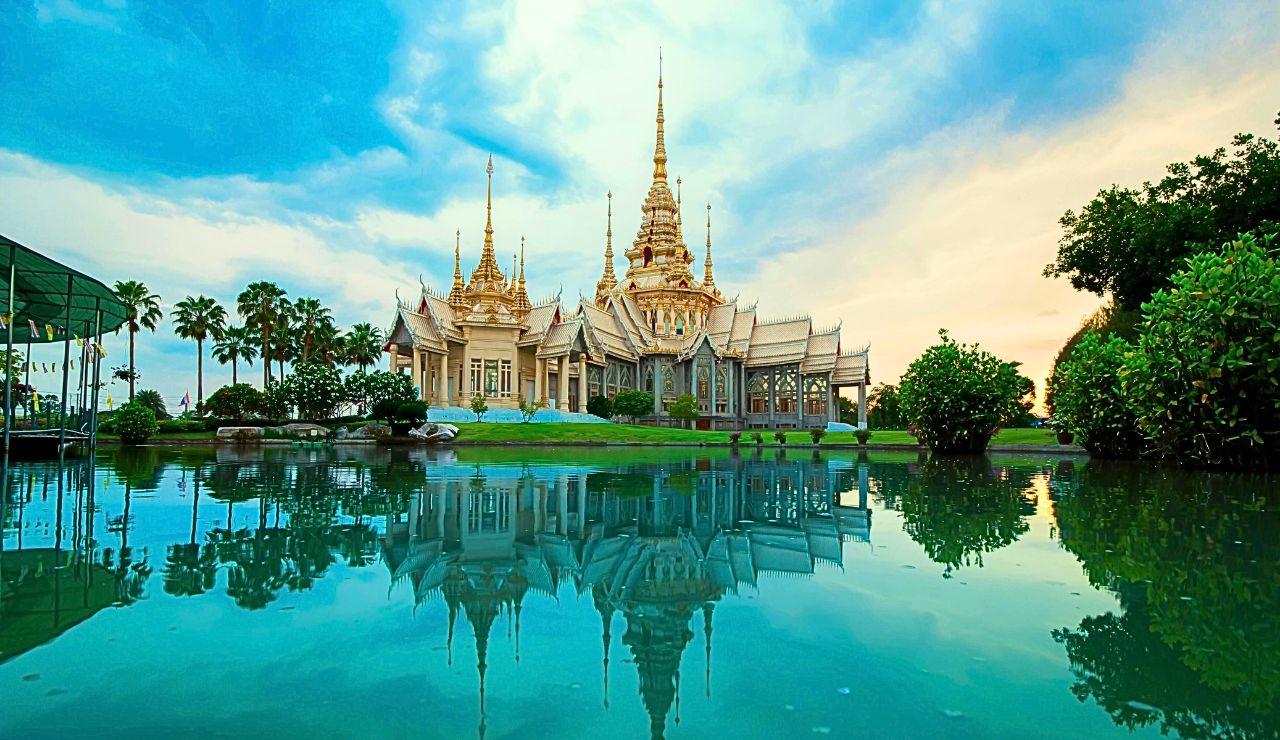
At the Grand Palace and Wat Pho, selfie sticks are generally not allowed. Thai authorities consider them disruptive in sacred spaces and often enforce bans through signage or verbal warnings. The country values respectful behavior in religious areas, and extended photography gear is seen as intrusive. Visitors are encouraged to enjoy the serene atmosphere without interrupting others’ experiences.